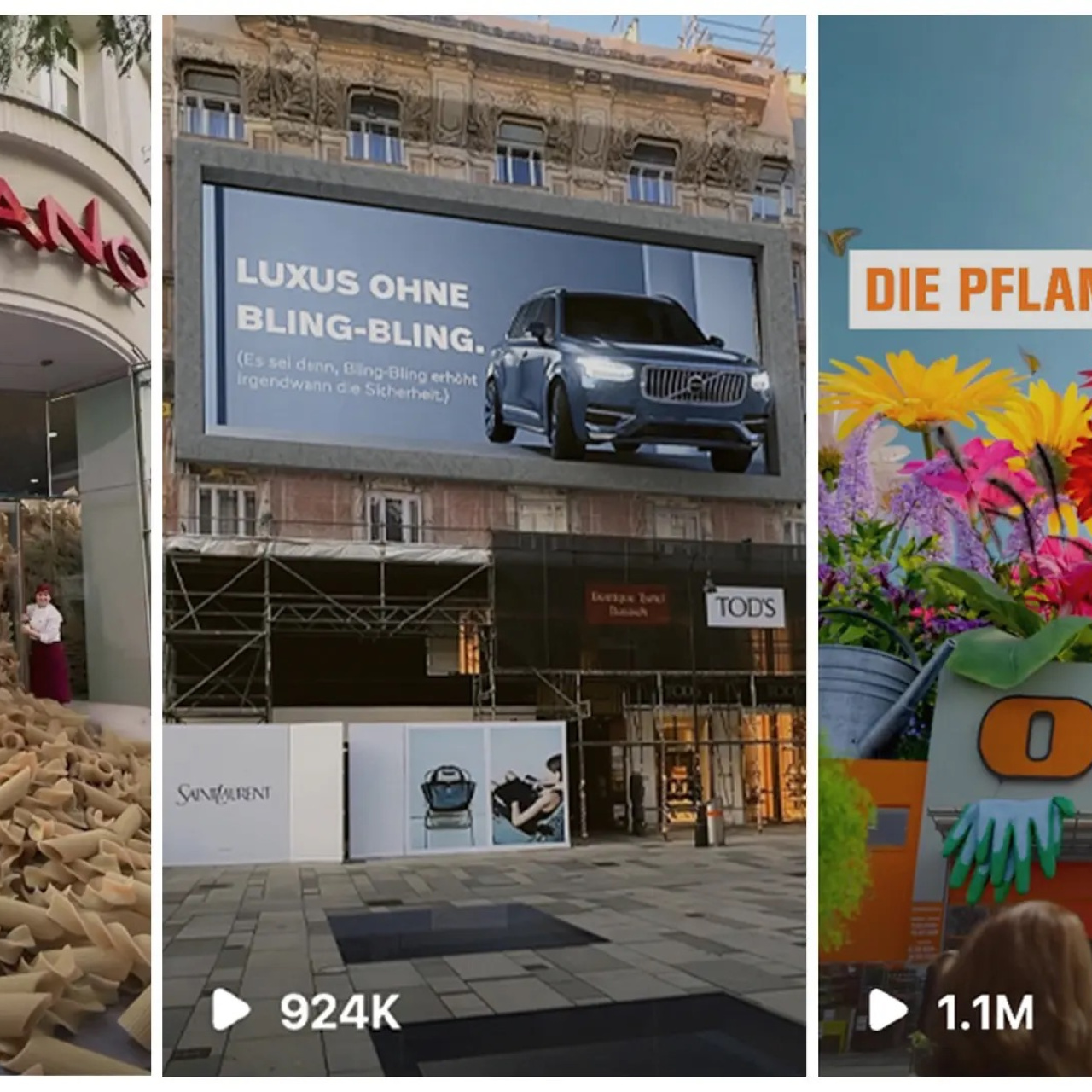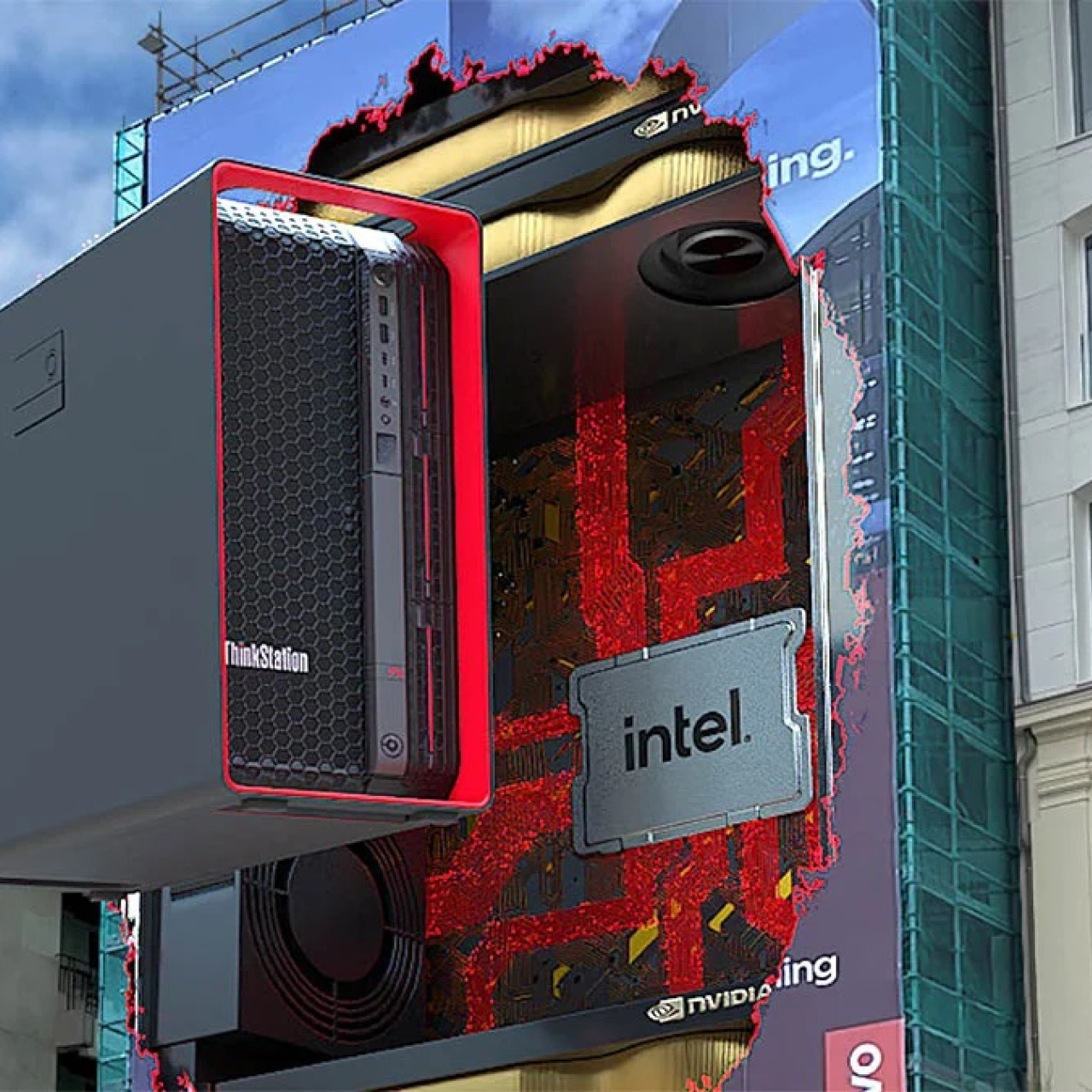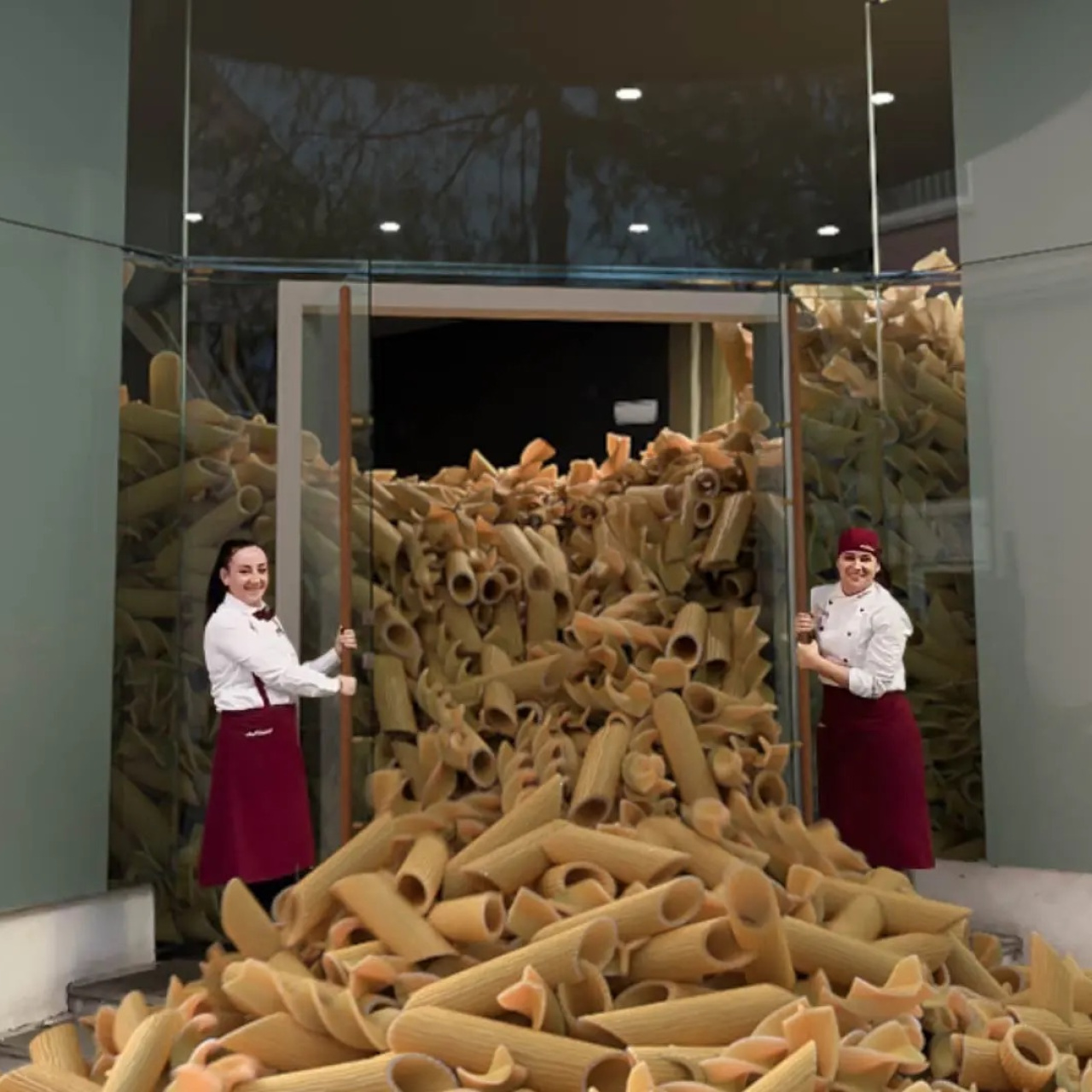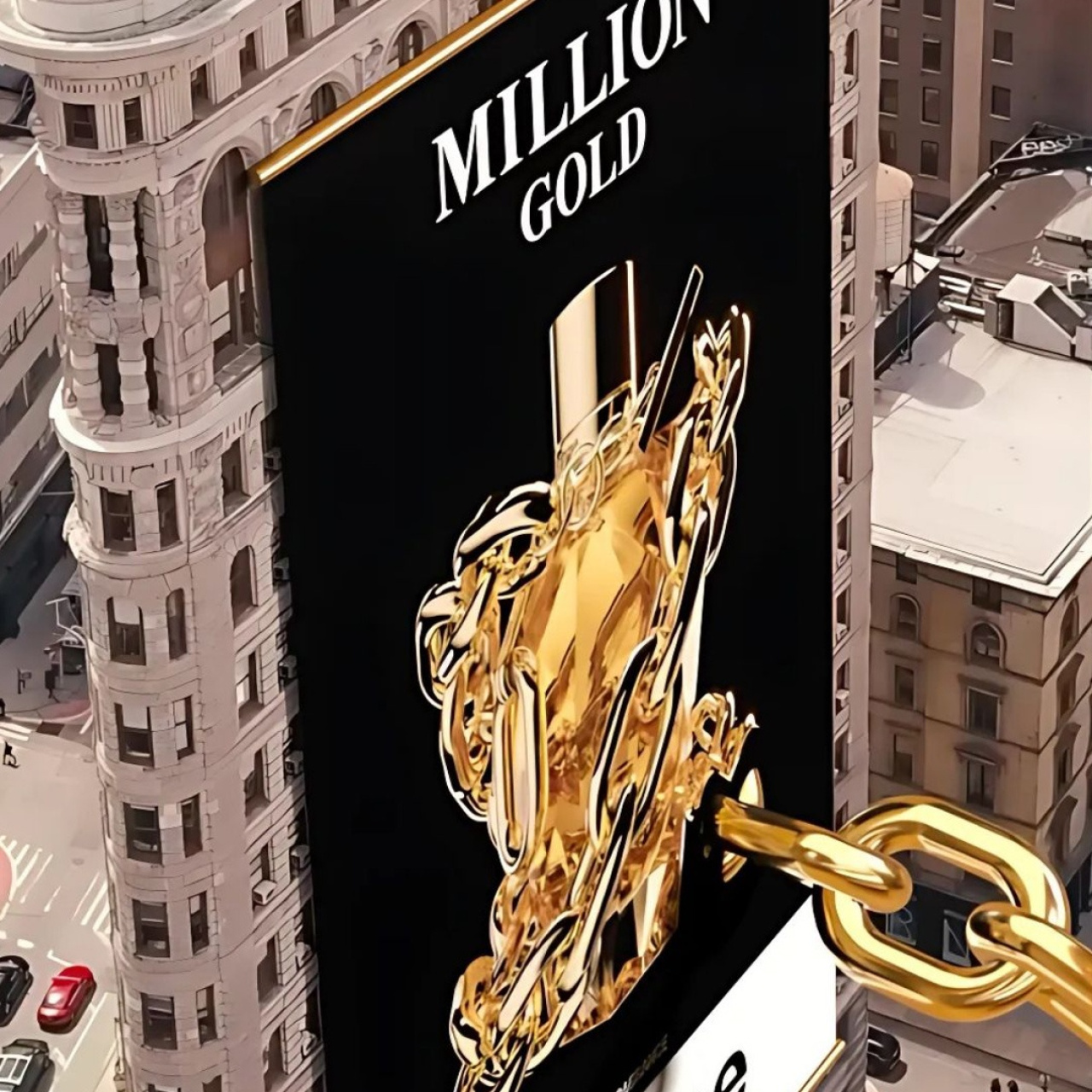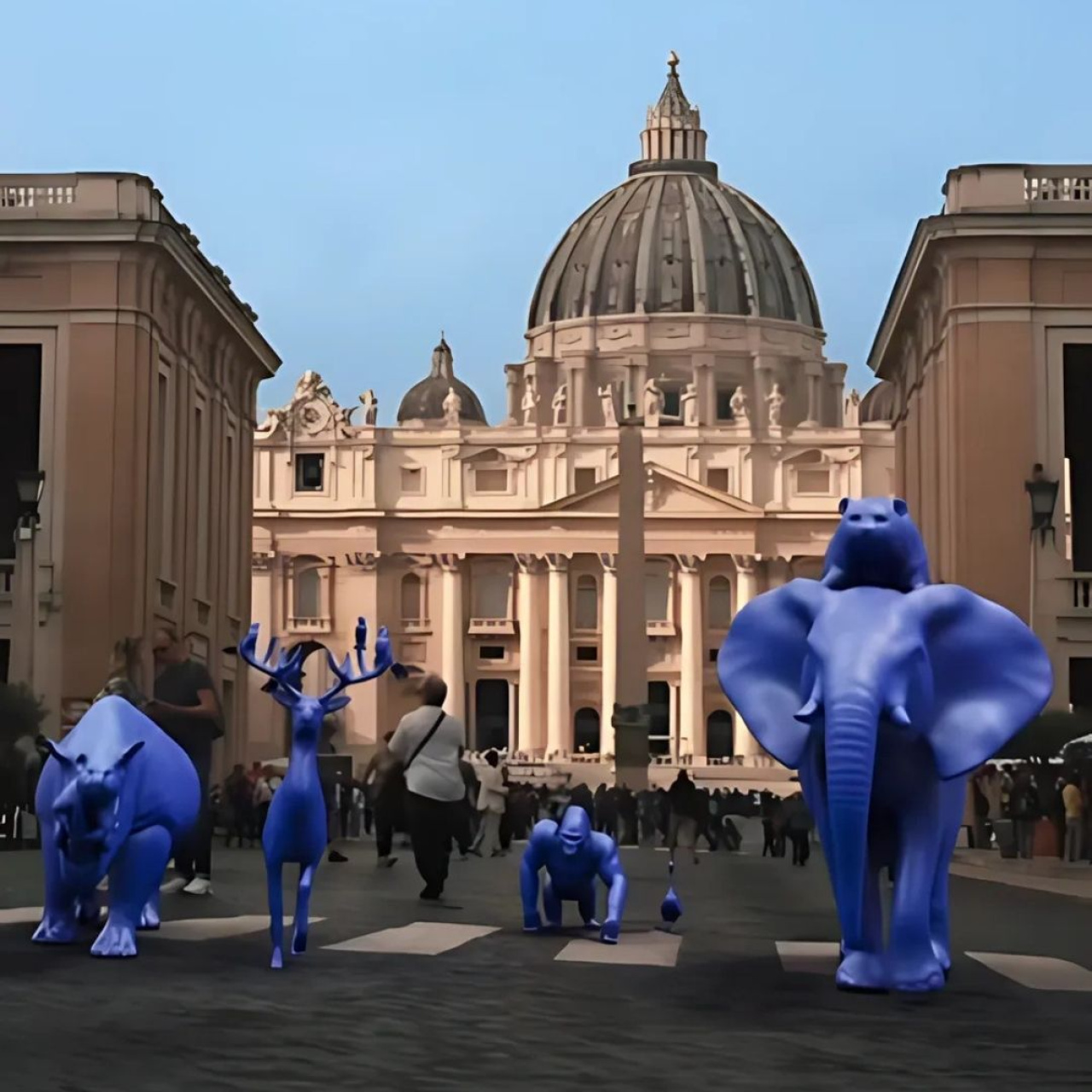Table of Contents
When Austrian Airlines partnered with Austria’s national football team, they backed it with a multi-channel campaign — and went one step further to create a moment that lived beyond social media and TV.
They booked a full-minute slot on one of Vienna’s most prominent 3D digital out-of-home screens and asked us to turn it into a 3D experience. The result? A billboard that told a story and got people to stop and watch.
Here’s how we brought the concept to life — and what it takes to create visibility that lives above street level.
The Goal: A Story Built to Break Through
Rather than a short loop or static message, Austrian Airlines wanted a full-minute animation that told a story — something that would stand out in a crowded DOOH environment and highlight their partnership with the ÖFB.
We had already worked with the brand earlier this year on a FOOH social campaign that announced their renewed role as the national team’s official carrier. That video performed exceptionally well online — generating strong reach, engagement, and even making its way onto TV. It also planted the seed for doing something bigger and bolder for the next key moment: Austria’s home game.
This time, the idea was to take that storytelling further — and bring it into the real world. We built a short, self-contained visual journey that followed an Austrian Airlines plane through six animated scenes. Each scene was designed to work with anamorphic 3D perspective, creating the illusion of real depth from the key viewing angle.
Making It Work: Setup, Process & Challenges
To make a 3D billboard work, the perspective has to be accurate. We started by scanning the area around the Prater screen using a LiDAR scanner, so we could rebuild the scene with real-world measurements. This gave us the base for designing the animation from the correct angle — the so-called sweet spot.
That viewing angle was chosen based on foot traffic, but we also tested how it looked from other directions. We blocked out early camera moves to see what worked spatially, before building out the full animation.
Blender was used for animation and rendering
DaVinci Resolve handled postproduction
Topaz AI helped speed up rendering by interpolating frames — a big help given the high-resolution (close to 4K) and 60fps requirements of the screen
Challenges we faced:
Short timeline: We had about 8 weeks from storyboard to delivery (which was way too little).
Smooth transitions: Each scene had to blend into the next, while keeping the illusion intact.
Render time: The resolution and frame rate created long render times — we used AI tools to cut those down by nearly half.
Final clarity: Logos were added at the end in 2D to avoid distortion and make sure brand visuals stayed sharp.
Once everything was rendered, the final video was reprojected to match the unique screen format and curvature — ensuring the 3D illusion translated correctly in real life.
The Result: A Campaign That Landed
The animation went live during Austria’s home match against Romania and ran as part of Austrian Airlines’ exclusive media booking.
We also monitored the Prater webcam and saw something you don’t always see with outdoor ads: people stopping to look up and watch the full loop. That kind of attention is rare — and it shows what a well-timed, well-executed 3D campaign can do.
Thinking About 3D for Your Brand?
Curious what a 3D moment could look like for your brand?
Whether it’s a short loop or a full-on story, we’re happy to help you explore what’s possible — and what’s worth doing.
Make people look up – contact us, and let's make it happen.
FAQ's
What are 3D billboards?
3D billboards are digital out-of-home (DOOH) screens that use perspective-based animations to create the illusion of three-dimensional depth
How do 3D billboards work?
They use a visual technique called anamorphic perspective. The animation is mapped to a specific viewpoint so it appears three-dimensional from that angle — often called the "sweet spot."
What makes 3D billboards effective in DOOH advertising?
In the DOOH space, 3D billboards stand out because they break visual patterns. The illusion of depth grabs attention more effectively than static or flat content — especially in high-traffic areas where real-world impact matters.
What is the 3D billboard technique?
It’s a combination of forced perspective, camera tracking, and spatial design that makes flat animations look like they extend beyond the screen.
How much does a 3D billboard cost?
Costs vary depending on the location, screen specs, animation length, and creative complexity. Every project is different — from short loops to full storytelling campaigns. Contact us to kick off your 3D billboard.


